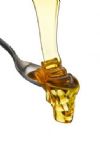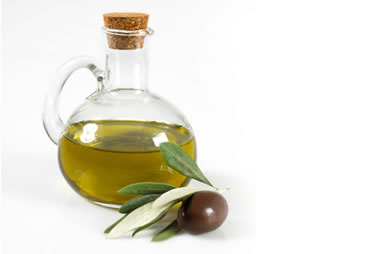|
When Jennifer McCracken from Cincinnati suffered a concussion and whiplash in a tubing accident, the headaches and muscle spasms persisted long after her pride had recovered. After hearing about the benefits of dry needling, she called a doctor of physical therapy to schedule the service. During the appointment, the therapist injected hollow, plastic needles into her cramped trapezius muscles. “It wasn’t a piercing sensation, but rather an intense pressure feeling,” she says. “It didn't hurt, but I was very sore the next day, which is very normal. After a few days, I felt much better. The muscle spasms and tension were greatly reduced. However, I do have to keep up with exercises every day at home." Jennifer says that if her symptoms return, she would go back for more dry needling. What Is Dry Needling?Also known as trigger point dry needling or intramuscular manual therapy, dry needling is a technique used by some physical therapists, physicians and chiropractors to alleviate myofascial pain in the muscles and tissues. A thin filament needle (called "dry" because it contains no medication) is inserted into the "trigger point" of the affected muscle to stimulate relaxation and healing. Many believe the needle also improves circulation and alters how nerves respond to pain. Dr. Keith Sparks, a chiropractor with the ICT Muscle & Joint Clinic, uses dry needling on his patients almost every day. "The technique works well for people suffering from myofascial pain syndromes, tension headaches, plantar fasciitis, epicondylosis, PFPS, IT band syndrome, carpal tunnel and many other musculoskeletal conditions," he says. Although it may sound similar—and, indeed, uses the same thin filament needle—dry needling differs from acupuncture, which is rooted in traditional Chinese medicine. "The main difference is the depth of the needle," Dr. Sparks explains. "Acupuncture inserts the needle into the subcutaneous tissue, closer to the skin surface, while dry needling may be used to target deeper tissue along a boney attachment site, for muscles, tendons, ligaments and fascia." Dry Needling in ActionOne of Dr. Spark's recent patients, a high-performance athlete who does Olympic lifting and CrossFit, complained of chronic headaches, neck pain and shoulder pain. After finding no success with several other techniques, she decided to try dry needling. After just two sessions, she noticed considerable improvement in her pain-free range of motion. Dr. Sparks has also used dry needling to treat running injuries. When an ultra-marathoner came in complaining of plantar fasciitis, Dr. Sparks found that the pain was coming from specific calf muscles. After dry needling was applied to the affected muscles, the patient was back to running pain-free. Janelle Jankowski got dry needling three years ago to help with pain in her lower back, neck and shoulders after having her third baby. A single session with her physical therapist completely eliminated the pain and tightness. “I wouldn't say the procedure was terribly painful,” she says. “I could feel some pressure, kind of a dull pain, and then the needles had to sit in my skin and muscles for some time while I laid very still. I had a little bruising and tenderness after each procedure, but nothing too terrible.” Now, after having her fourth baby, Janelle’s symptoms have returned. She plans on returning for more dry needling soon. Risks of Dry NeedlingAccording to Dr. Sparks, the risk is minimal when the technique is performed by trained personnel using sterile equipment. Some patients experience minor bleeding and/or soreness 24 to 48 hours after treatment. Some very rare risks include pneumothorax, infection and needle breakage. For those who have blood clotting disorders or a general fear of needles, Dr. Sparks recommends seeking other, less invasive soft tissue methods. What Science SaysAlthough many sing the praises of dry needling, supportive data is still lacking. In 2005, the Cochrane research group conducted a formal analysis of 35 trials evaluating the effectiveness of dry needling and acupuncture in treating lower back pain. Although researchers found that the alternative treatments "may be useful adjuncts to other therapies," they stated that there was insufficient evidence to draw a firm conclusion. A clinical review in the Journal of the American Board of Family Medicine cited that numerous studies had confirmed the effectiveness of dry needling, which was described as "minimally invasive, cheap, easy to learn with appropriate training and carrying a low risk." However, the authors stated that additional studies are needed, particularly regarding the development of pain at myofascial trigger points. Before You Try Dry NeedlingIf you're interested in trying dry needling for pain relief, it's best to consult your primary physician to ensure that you're a good candidate. When scheduling your session, be sure to ask the provider about their experience and training in dry needling. |
Popular Entries
Related Entries
More From SparkPeople
|


.png)




















